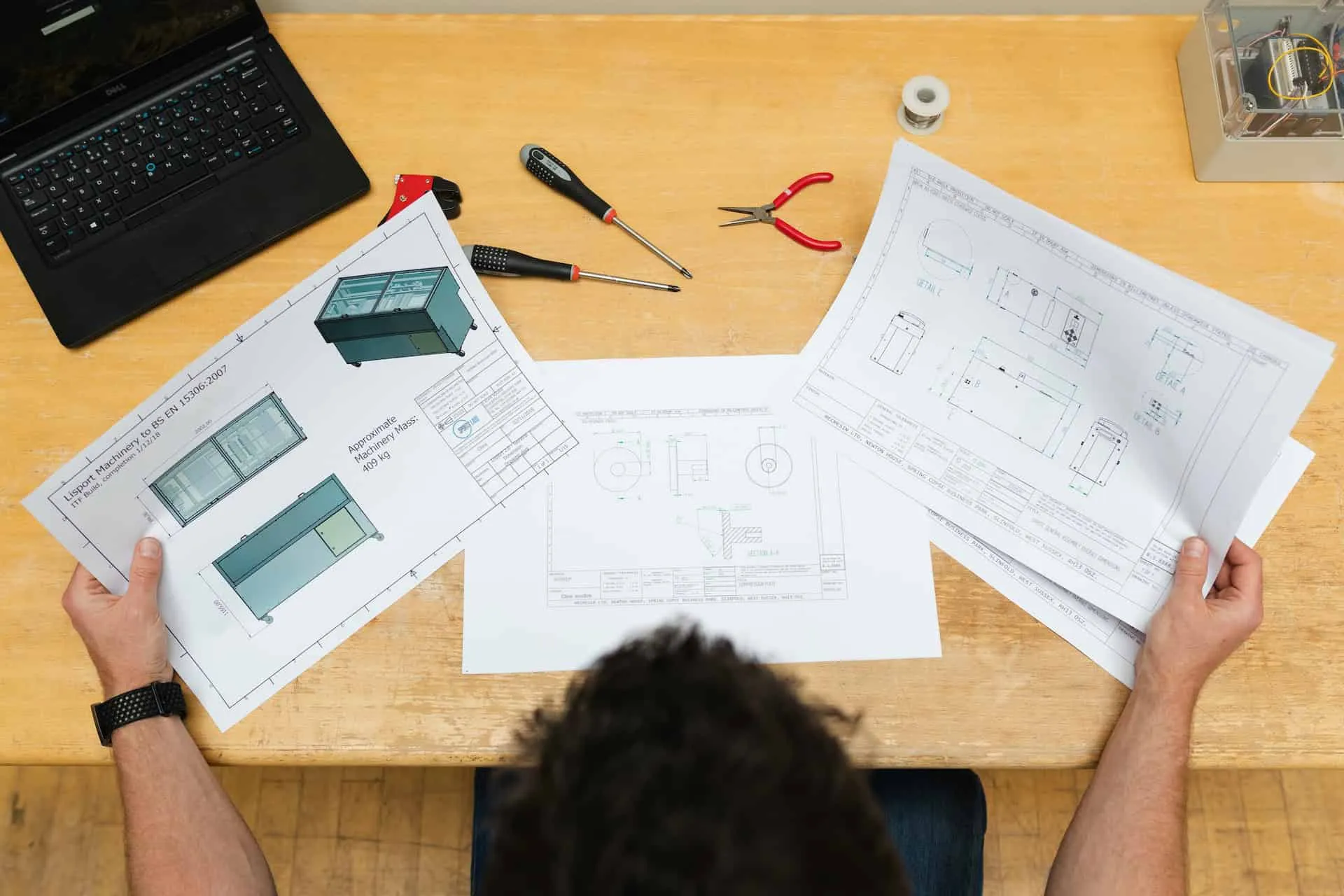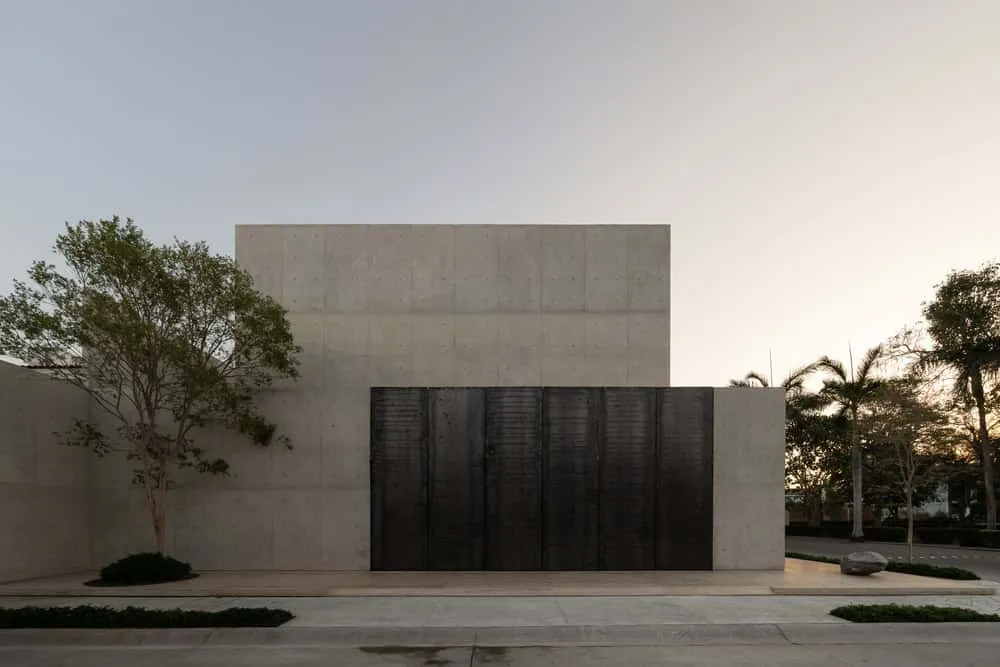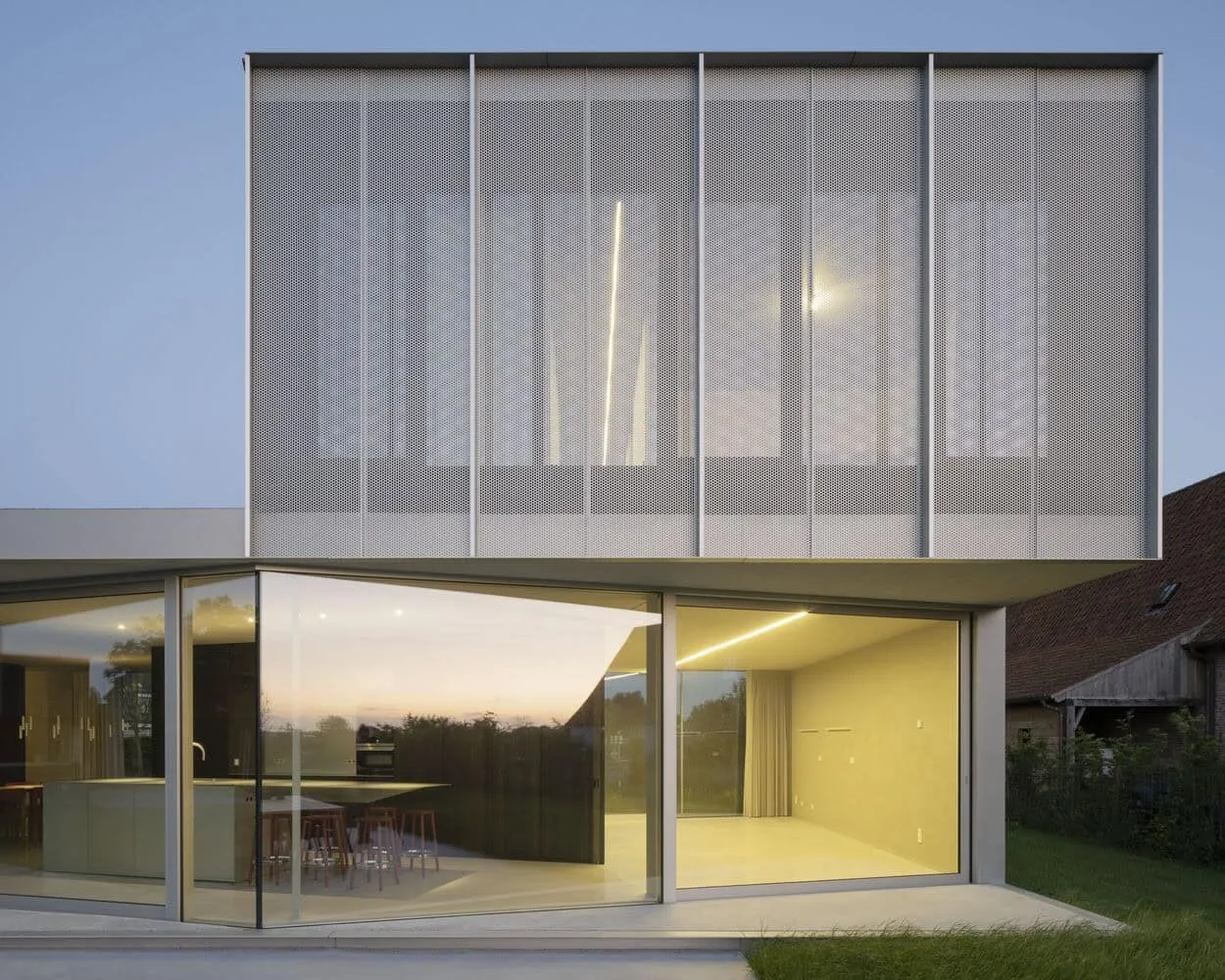There can be your advertisement
300x150
How PropTech is Transforming the Construction Industry
Construction is a well-known complex industry, and therefore many technologies have been developed to simplify and optimize processes. Although many of them appeared and disappeared, one technology managed to establish itself as an indispensable tool. PropTech has repeatedly proven its ability to help people from all areas of real estate optimize every aspect of property management. This article will tell you what this tool is and how builders use it to improve their processes.

What Is PropTech?
PropTech (short for property technology) is the integration of technologies and innovative solutions in the real estate industry. This emerging field transforms and reshapes the construction industry in extraordinary ways. PropTech encompasses a wide range of technologies, from 3D printing to virtual reality and big data analytics, which work together to optimize construction processes. As noted by PropTech expert Kert Uhlir, advisor for business owners and realtors, to accelerate growth, real estate technologies have the ability to change the world of real estate. Thanks to this technology, companies can reduce costs, minimize waste and errors, accelerate decision-making, increase transparency and communication between stakeholders, and improve overall building quality. Smart construction technologies also allow real-time monitoring and management of energy consumption, which can lead to significant savings over the long term.
Impact on Construction Processes
As you can imagine, with such a broad scope, PropTech is rapidly transforming the construction industry, making possible what once seemed impossible. One of the key aspects is improved collaboration and communication. With modern project management tools, developers, architects, engineers, contractors, and other stakeholders can work together effectively, leading to better coordination and fewer delays or errors. Another advantage is full economic efficiency. Using building information modeling (BIM) software, designers can create more accurate plans with fewer errors at a lower cost than traditional methods. Moreover, when these plans are created using BIM software and augmented reality that allows stakeholders to see 3D renders in real conditions before construction begins, this helps resolve design conflicts before they become costly problems on the construction site.
Some Ways PropTech Technologies Are Used in the Industry
As you can see, PropTech is not just the future; it's here and integrated into almost all aspects of the industry. But despite this, what are the practical applications of various technologies?
Using Drones for Site Inspection and Surveying
One of the most interesting applications of PropTech in the construction industry is using drones for site inspection and surveying. Drones are unmanned aerial vehicles (UAVs) that can be remotely controlled, and thanks to recent advances in technology, they have become incredibly useful for capturing and inspecting various sites around the world. A drone can fly over a location and take high-quality images and videos from different angles and heights. This saves time and reduces costs, as it eliminates the need for traditional methods like ladders or cranes. Furthermore, drones can efficiently collect data on site conditions such as topography, vegetation coverage, water features, and soil types, which significantly helps architects, engineers, contractors, and project managers make informed decisions. Drones also provide a higher level of safety by eliminating dangers to human inspectors. Additionally, drones can be used for more effective progress monitoring thanks to real-time feedback during construction.

Virtual and Augmented Reality for Visualization and Planning
Using VR and AR, project teams can collaborate more effectively, identify potential issues, and ensure a shared understanding of the final product among all participants in the construction process. This also allows clients to better visualize their projects and make informed decisions about possible changes or additions. For example, using AR glasses during building inspections allows inspectors to easily see hidden details such as plumbing, electrical wiring, or structural issues. This technology can also be used as a safety tool for new employees on construction sites without risk to their lives! With the development of VR/AR technologies, it's interesting to imagine how they will continue to shape the future of the construction industry.
Project Management and Collaboration Software
One of the key ways PropTech transforms the construction industry is through project management and collaboration software. Previously, project managers relied on spreadsheets and paper processes to track progress and communicate with team members. This could lead to misunderstandings, errors, and delays. With specialized construction project tools, managers can keep all stakeholders informed in real time. These tools allow teams to collaborate more effectively by sharing online documents, plans, schedules, and progress reports. Many software packages also offer mobile access, so team members at different construction sites or locations can easily communicate and coordinate work. Thanks to these digital tools, projects proceed more smoothly and are completed faster. As a result of using PropTech-enabled project management software, we observe reduced budget overruns due to better planning and increased overall efficiency at every stage of development. Furthermore, having all information in one place has improved resource allocation and decision-making strategies for stakeholders of any construction project.
Building Information Modeling (BIM) for More Accurate and Efficient Construction
Building Information Modeling (BIM) is a digital technology that is transforming the construction industry for the better. BIM software allows architects, engineers, and contractors to create detailed three-dimensional models of construction components and systems before actual work begins. This technology gives professionals a better understanding of the project before implementation, enabling them to identify potential issues during design rather than construction, which can be extremely costly. As a result — more efficient workflows, greater planning accuracy of resources, and better project outcomes, all with significantly lower costs over time. Thanks to interactive visualization capabilities of BIM, stakeholders can easily see what they are investing in when reviewing construction plans. This means that owners can leave feedback on their expectations from the project and immerse themselves in the space being built. This opens new opportunities for collaboration, as everyone can clearly understand every detail of construction — from foundation to roofing materials, ultimately leading to higher quality standards in building. This translates into greater client satisfaction who will return or recommend you further, positioning your PropTech company in the construction sector as a preferred supplier.

3D Printing for Faster and More Cost-Effective Construction
Civil engineering technologies increasingly use 3D printing as a more efficient and cost-effective way to build. With 3D printing, structures can be created from scratch quickly using fewer workers and materials. This technology has opened new possibilities for architects and builders who want to create larger and more complex structures that were previously considered too labor-intensive or even impossible. The main advantage of 3D printing is the reduction of material waste, since only exact amounts are used. The process also allows using recycled resources in projects, which further reduces costs and supports sustainable development. Additionally, 3D-printed structures are often lighter and easier to transport compared to traditional materials such as concrete and steel.
Cloud Storage and Shared Access to Project Information
This option is not focused on a specific application or technology but emphasizes how cloud computing has improved productivity across the industry. Cloud storage and shared access to project information are among the most significant ways PropTech has made an impact. This allows construction companies and realtors to securely store all project information in one place, accessible from anywhere at any time. The era when project files were stored in filing cabinets or physical hard drives has passed. With cloud storage, architects, engineers, contractors, and other team members can collaborate on projects in real time, reducing communication errors and increasing efficiency.
Moreover, cloud storage ensures that all parties have access to the latest versions of documents such as blueprints, projects, schedules, and budgets. This facilitates better decision-making by reducing misunderstandings that arise when working with outdated information. Furthermore, many major cloud service providers allow easy integration of other PropTech tools mentioned earlier. Overall, cloud storage and shared access to project data in construction through PropTech offer tremendous advantages such as real-time collaboration between stakeholders, leading to better decision-making opportunities and increased productivity.
Artificial Intelligence and Machine Learning for Predictive Analytics and Decision-Making
Artificial intelligence (AI) and machine learning (ML) are increasingly being integrated into the business environment and spread almost across every industry. These two technologies provide predictive analytics and accurate decision-making processes, which are crucial in the construction industry. Using AI and ML, companies can gain insights into future demand, optimize resources, reduce waste, and increase overall operational efficiency and employee productivity. By using predictive analytics based on historical data and market trends, AI tools help managers make more accurate decisions about the direction of their projects. Machine learning algorithms can also analyze data from various sources in real time to identify potential problems before they occur. An example of using AI in PropTech is the project design phase. Companies can now use machine learning algorithms to predict and prevent costly changes, as well as suggest improvements that will enhance the final construction result. AI and ML have become critically important tools for achieving efficiency in construction projects through predictive analytics, enabling informed decisions. By using these technologies, companies will continue to drive improvements across all aspects of construction management, from design to completion.

Blockchain Platforms for Supply Chain Management
Blockchain platforms are becoming increasingly popular tools for supply chain management in this industry. Thanks to the distributed public ledger, blockchain can increase transparency and accountability at every stage of the supply chain. Traditionally, construction industry supply chains suffered from delays, budget overruns, and lack of transparency. Using blockchain, all parties in the supply chain can access data in real time at each stage of the process — from raw material sourcing to final delivery. Blockchain also helps reduce fraud by providing an immutable record that cannot be altered without a trace. This feature is especially useful for preventing disputes and strengthening relationships between contractors and suppliers. Additionally, blockchain technology can optimize payment processes by ensuring secure and fast transactions through smart contracts that automatically execute when certain conditions are met. The application of blockchain platforms for supply chain management has huge potential to improve many aspects and, although it hasn't become mainstream yet, has the potential to completely change operations.
Financial Implications of PropTech Integration
The integration of PropTech into this field has several financial implications. Initially, implementing this technology requires significant investments in software, devices, and training. However, over the long term, considerable savings can be achieved. PropTech solutions can help with project management by optimizing processes, improving efficiency, and eliminating waste. This leads to reduced labor costs and faster project completion.
Additionally, tracking and data analysis tools can be used to identify areas where expenses occur and determine regions where unnecessary spending can be reduced. Beyond increasing revenue and reducing costs, transparency is enhanced for stakeholders due to real-time updates. This strengthens trust between investors and contractors, resulting in better working relationships.
In summary, PropTech is driving a wave of change in the construction industry by optimizing processes, improving efficiency, and creating a safer working environment for all participants. From virtual reality to drones and AI-powered software, the possibilities are endless when transforming how we build. Like any new technology, there may be initial costs and a learning curve, but ultimately adopting PropTech can lead to significant advantages for companies in terms of cost savings and better project outcomes.
More articles:
 House Surrounded by Greenery, MIDE Architects, Stra, Italy
House Surrounded by Greenery, MIDE Architects, Stra, Italy Dao House by HW Studio: A Quiet Concrete Shelter in Puerto Vallarta
Dao House by HW Studio: A Quiet Concrete Shelter in Puerto Vallarta Temozon House by Boyance Arquitectura + Edificacion in Merida, Mexico
Temozon House by Boyance Arquitectura + Edificacion in Merida, Mexico Travel House by Indico in Ahuacatlán, Mexico
Travel House by Indico in Ahuacatlán, Mexico House V by Jaime Ortiz de Zevallos in Lima, Peru
House V by Jaime Ortiz de Zevallos in Lima, Peru Villa-Home by Tagua Arquitetura in Brazil
Villa-Home by Tagua Arquitetura in Brazil VMVK House by dmvA in Sint-Katelijnenvaart, Belgium
VMVK House by dmvA in Sint-Katelijnenvaart, Belgium WADD House by BASIL architecture in Belgium
WADD House by BASIL architecture in Belgium